"I survived the world's most dangerous road" - such slogans on T-shirts can be found at the markets in La Paz or on chests of cyclists, who bike down the famous Bolivian Death Road. Is the route known for 300 fatalities yearly still so dangerous or is it now just a highly colored tourist attraction?
When we talked with two locals in a small town of Carnavi about the Death Road and I mentioned we had done it on motorbike and it's beautiful, a look of disbelief appeared on their faces. They said that statistically for every 50 meters of the route there was 1 death. It is true that trucks and buses, which not long ago would fall into the abyss almost every day, don't take the road any more, but people still die on it. Mostly cyclists, somebody even died this year (2018) - they said.
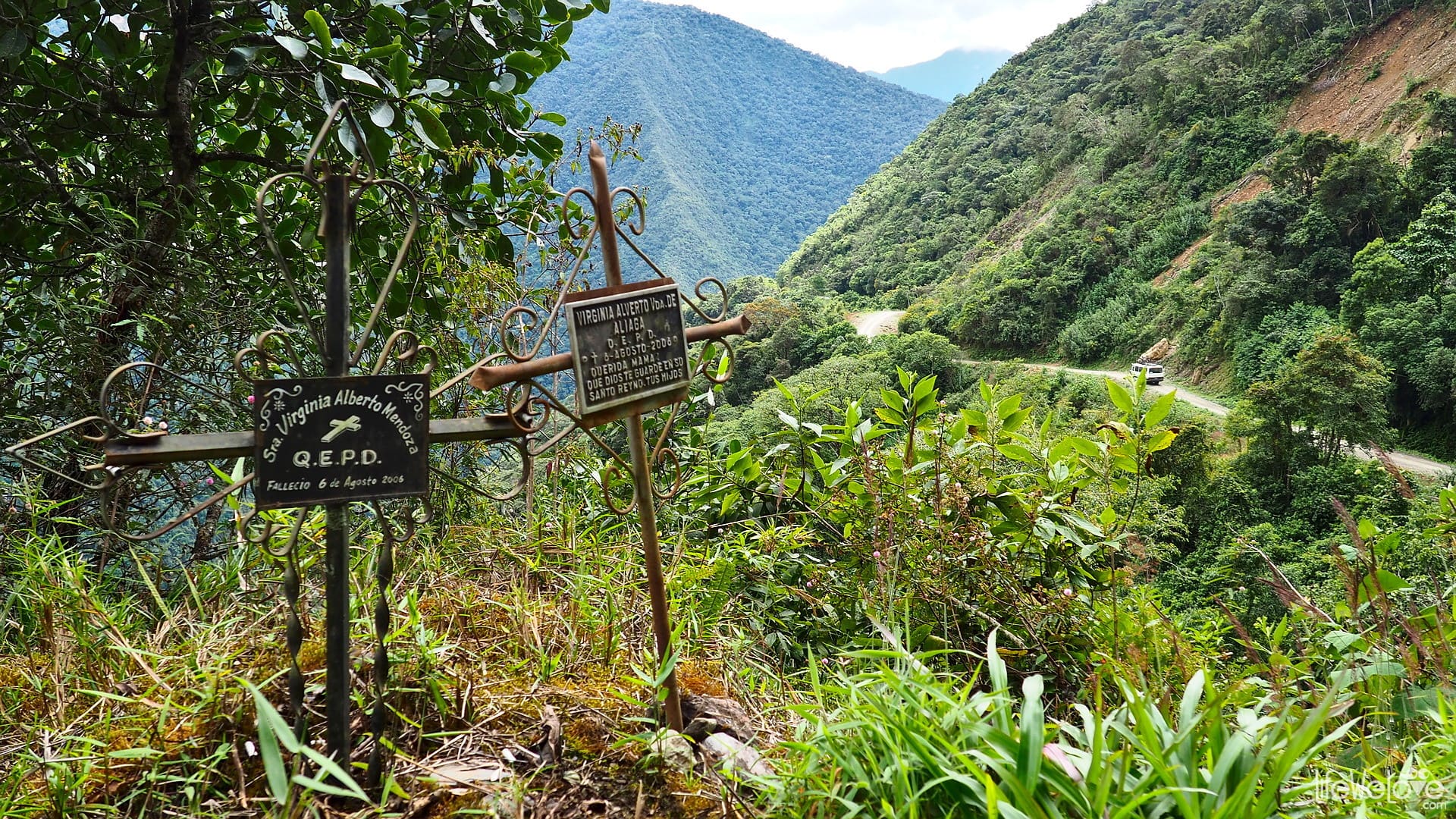
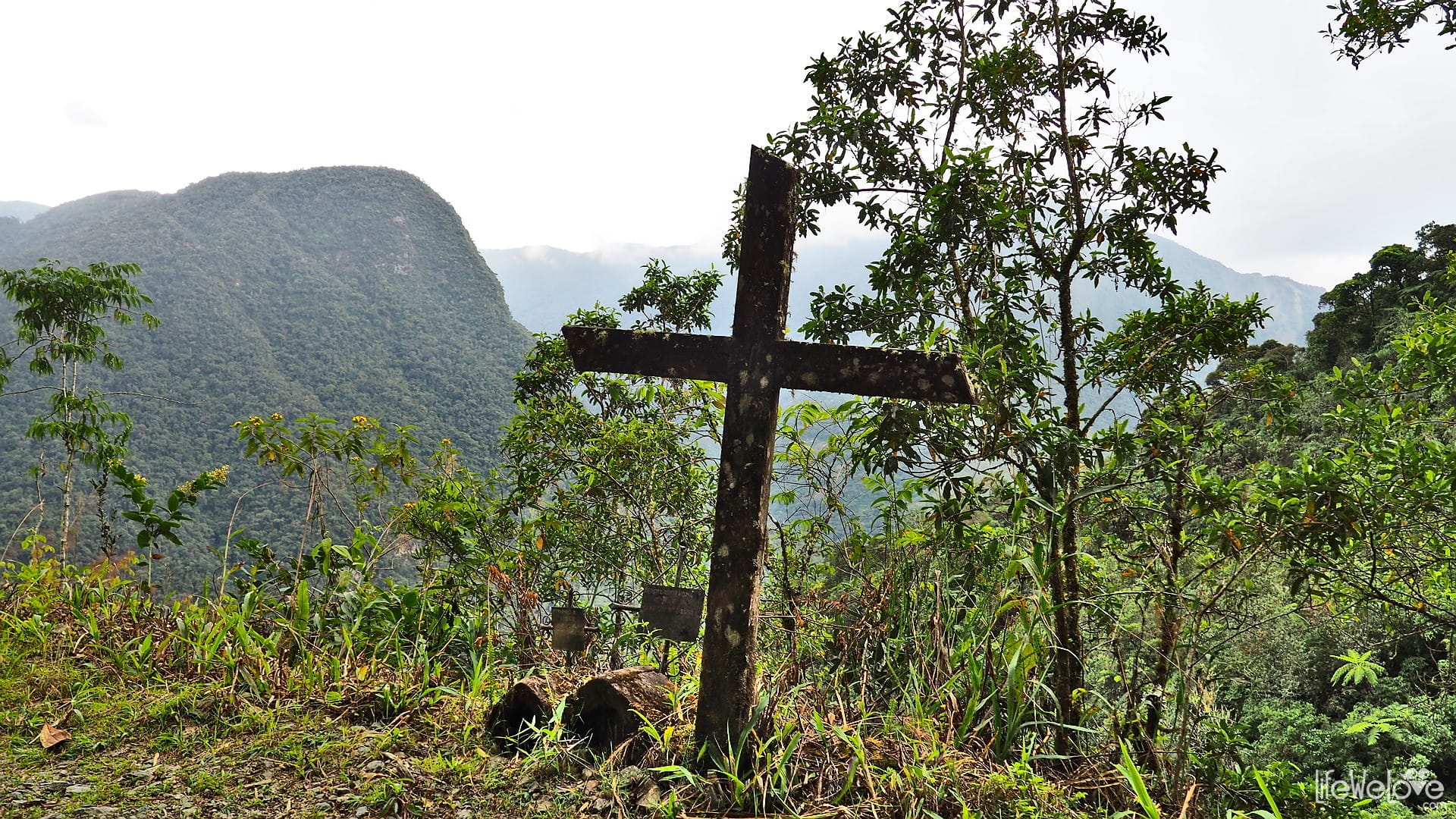
The Death Road was built in 1932-1935 by Paraguayan prisoners during the war between Bolivia and Paraguay. For many years it was the only road connecting the north of the country with the capital of La Paz. The narrow road, of 3.2 m width, without protection, the cliffs with a drop of over 1 000 m, frequent rainfall and mud landslips were a reason of up to 300 people dying there every year. The most tragic accident took place in 1983, when a bus with over 100 people fell down the cliff and everyone died. After looking at these figures in 1995 the Inter-American Development Bank called it "the world’s most dangerous road".
Below is a video showing how buses used to ride on this road:
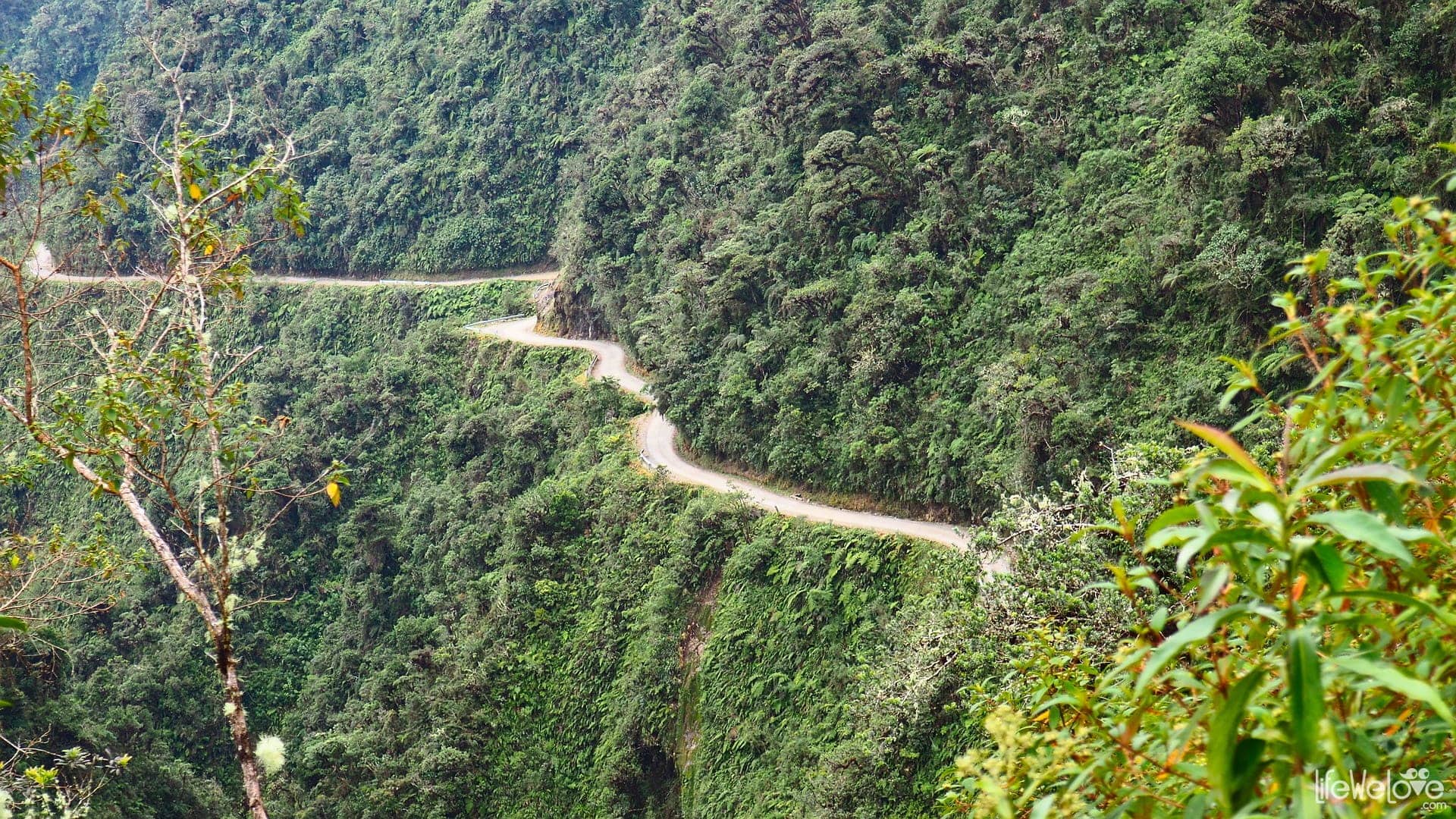
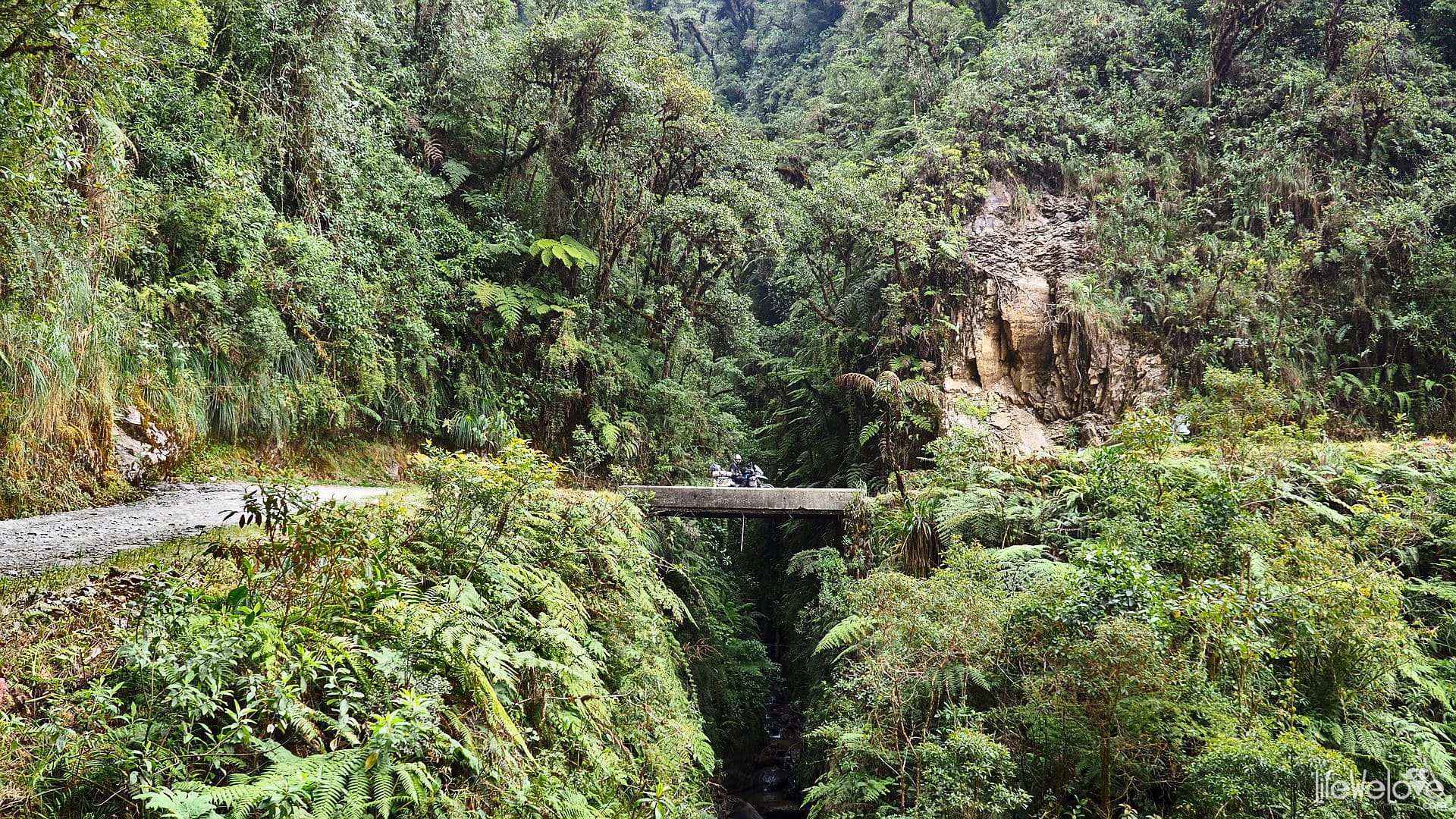
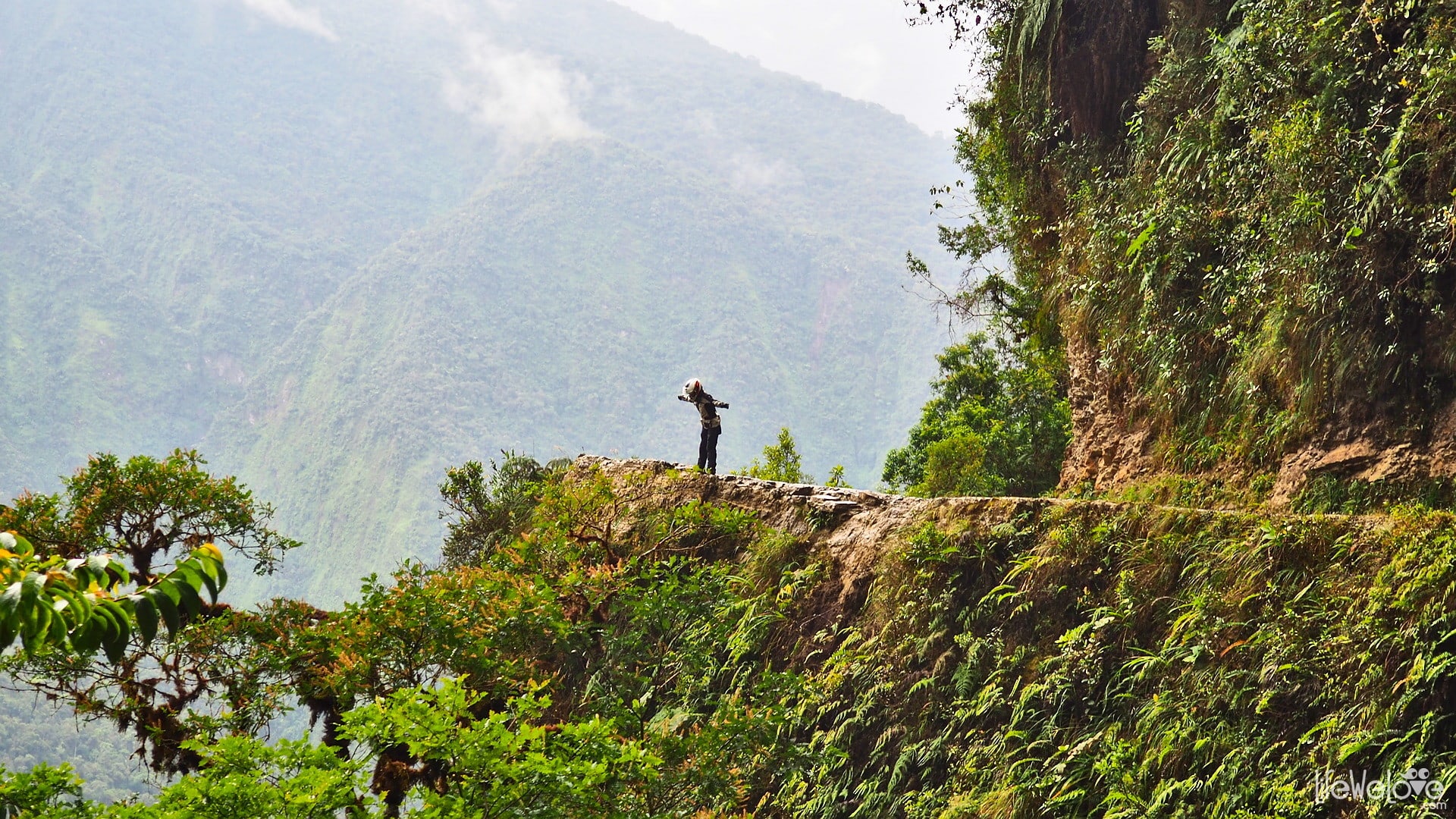
For 20 years, the road has been modernized and expanded. In 2006, a new section was put into use allowing to avoid the most dangerous one, which now serves more as a tourist attraction. Tourist agencies offering adrenaline downhill cycling are happy to utilize it. In spite of the fact that several cyclists still die there every year, there is plenty of new enthusiasts. We passed a few groups of speeding cyclists, and some of them seemed to be scared. It looked quite dangerous. Especially, since there is left-hand traffic. The point is that when driving on the left side you have a better view of the edge of the road. It is better to drive uphill, because then you are always "by the wall", not at the cliff side. Local drivers follow the rule of the left-hand side, but cyclists not always. It is not so surprising, considering the fact they must stay close to the cliffs. Often we had to brake, because some cyclist riding towards us did not stick to the left and even seeing us did not have the courage to move to the edge, so he or she passed us from the right. When driving uphill, like we did, also bear in mind that there is a technical bus behind each group of cyclists and at some point it will jump out from around the corner.
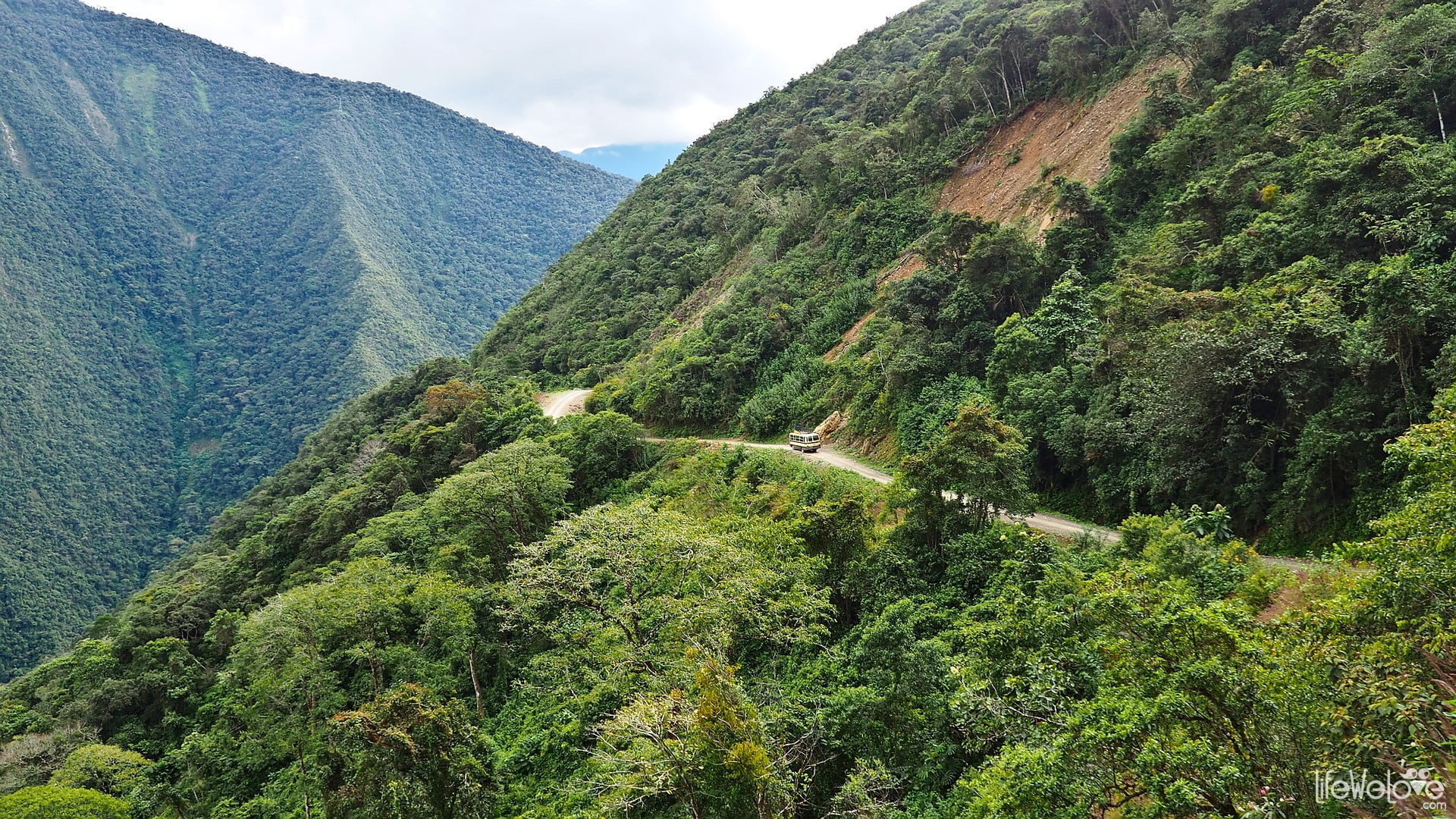

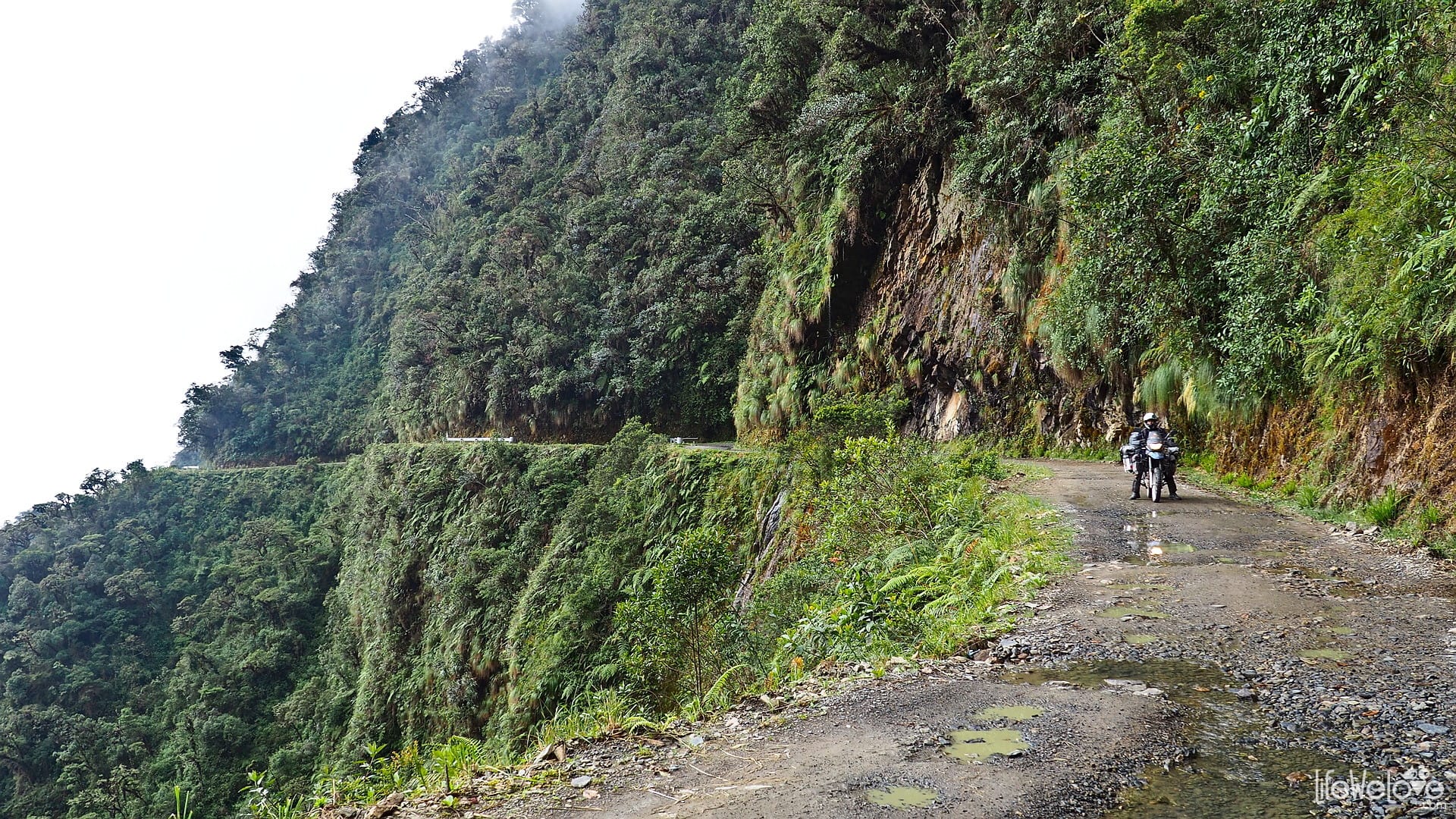
The Death Road connects La Paz with Coroico and starts at an altitude of 4 650 m a. s. l. at the La Cumbre Pass, where we encountered a lot of snow and felt a little bit like in Poland in the winter. People were enthusiastically throwing snowballs at ech other or making snowmen on the sides of the road. Apparently, the snow only falls there once, twice a year, so we were lucky to participate in something unusual and charming. From the heights of the Altiplano, the road takes us straight into the Amazonian jungle. This means that after half an hour of driving a snowy road between mountain peaks, the landscape begins to transform rapidly. The temperature rises and we enter a land of thicket and greenery. After about 30 km on a new asphalt, there is a turn to the right, where the road runs through the old, gravel and the most dangerous part of the route, which ends at 1,200 m. This 32-kilometer section with rock ledges, cliffs, a narrow, stony surface, along which there are many crosses, leads us to reflection. Thousands of people died there, and at the bottom, although you can not see it, there are wrecks of buses and cars. It makes you wonder what the drivers and bus passengers were thinking back then, 30 years ago, when travelling the infamous road of several hundred fatalities every year. Was the reason of such dangerous travel justifying the risk?
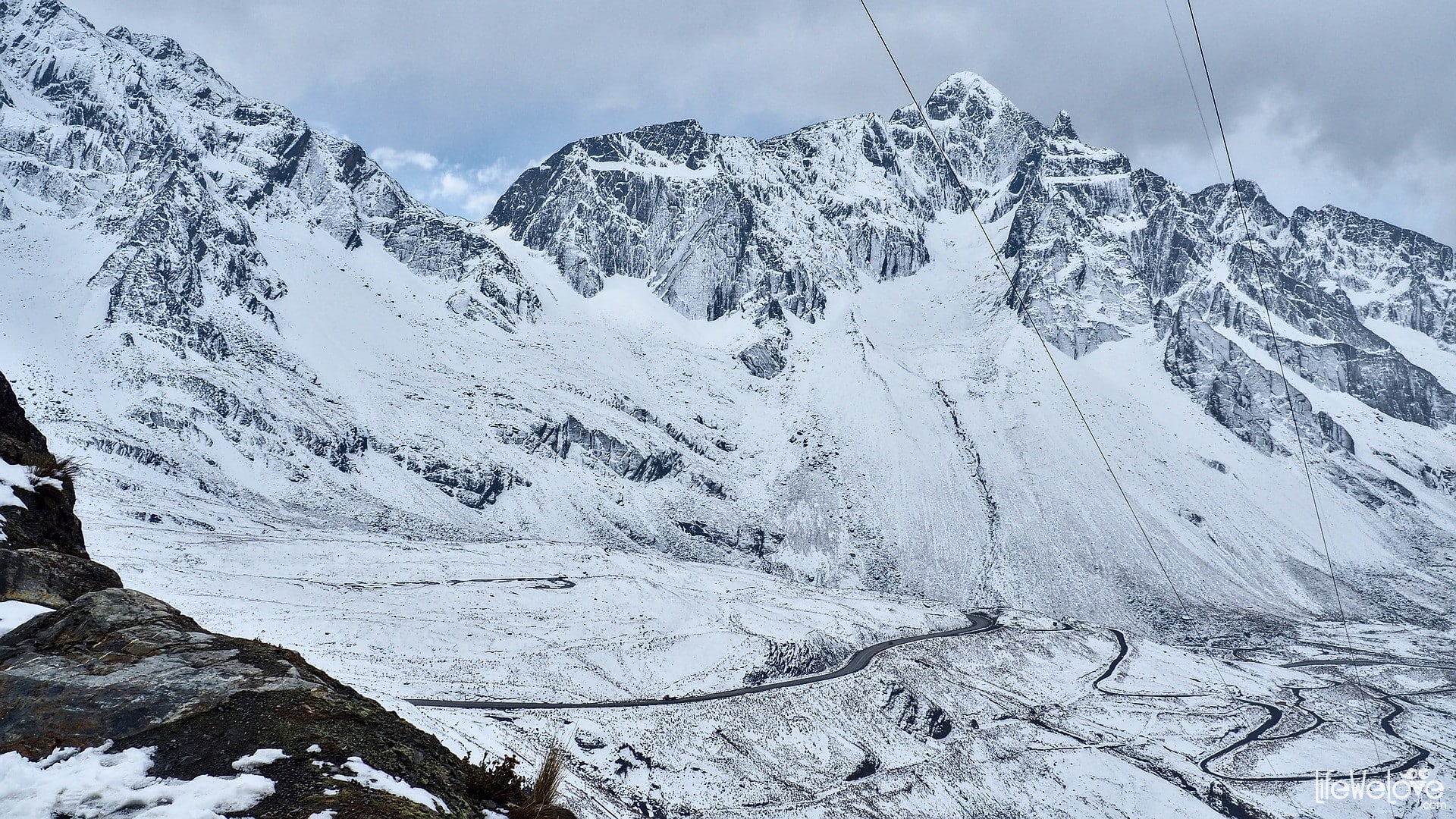
| There is 25 Bolivianos fee per vehicle to use the old, gravel part of the Death Road (the most dangerous one). These money fund the road maintenance, toilets, viewing points and medical assistance available to tourists. |
Info about Death Road
| Distance | 62 km |
| Start / finish | La Paz / Coroico |
| Surface | Good quality asphalt, gravel, sections with loose stones, puddles |
| Accessibility | Open all year round |
| Hazards | High cliffs, narrow road without security, fog, landslides, cyclists |
| Traffic | Small |
| Attractions on the way | Jungle |
| Maximum altitude | 4 650 m a.s.l. |
Despite the comments on the Internet that the Bolivian Death Road is currently only an easy tourist attraction, in my opinion it's still a very dangerous road. Certainly for cyclists, and even on a motorcycle it wasn't so easy-peasy. You lose your attention for a second and you may fall into the abyss. At some points there are stones where you can lose control of the wheel. The road is often misty and wet, which also increases the risk. Some people claim the route is boring. For us it wasn't, on the contrary, we were excited to drive through a lush jungle with beautiful views on every kilometer. We felt a blast of fear from the abyss when we had to ride up a stony road and we didn't know whether cyclists or buses were already around the corner speeding towards us.
loading map - please wait...
| Death Road in Bolivia Camino a Tocaña La Paz, Boliwia | |
53

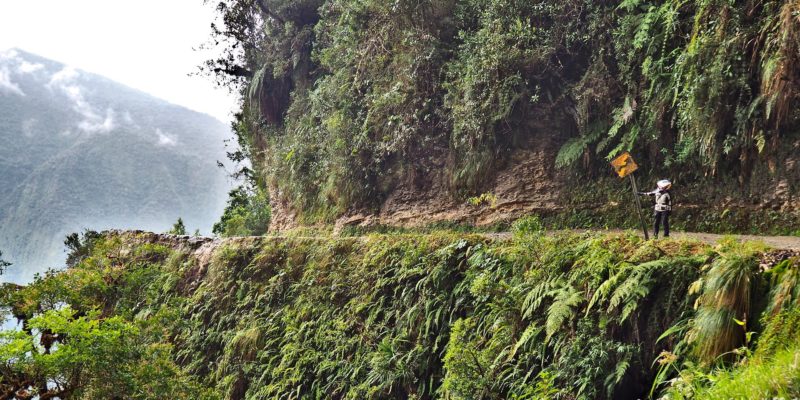

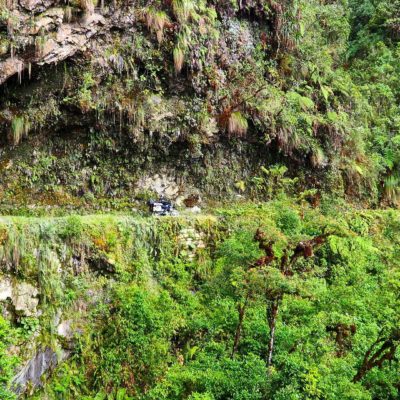
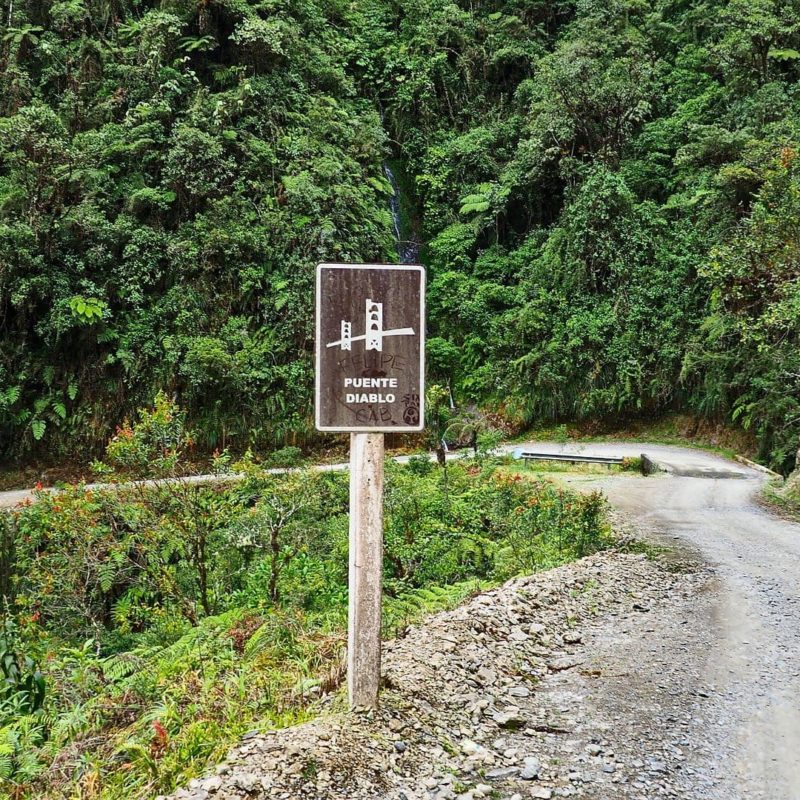
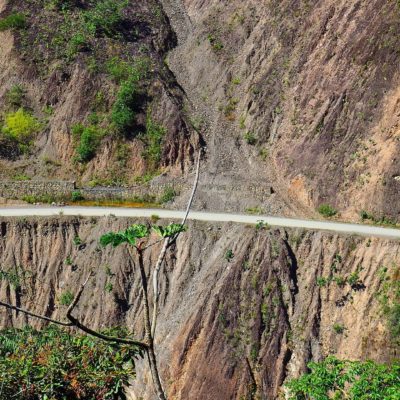
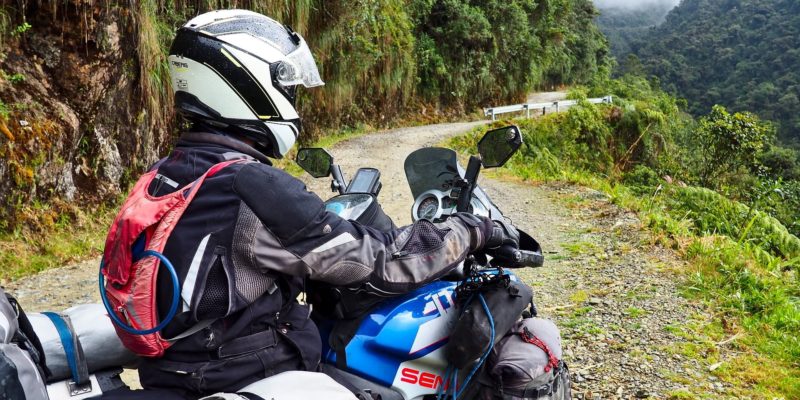
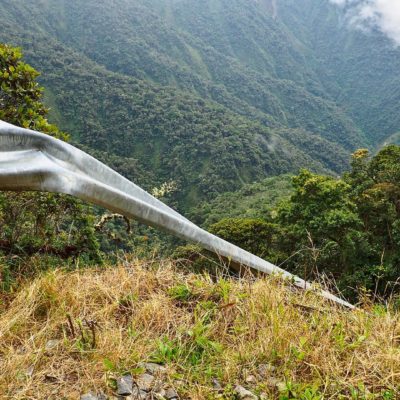
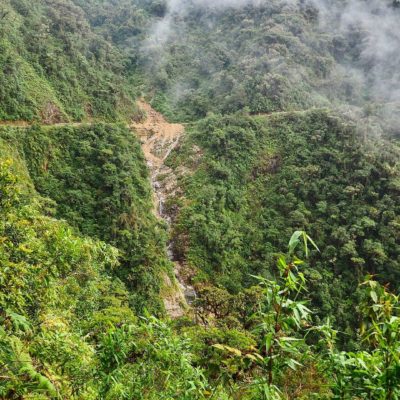
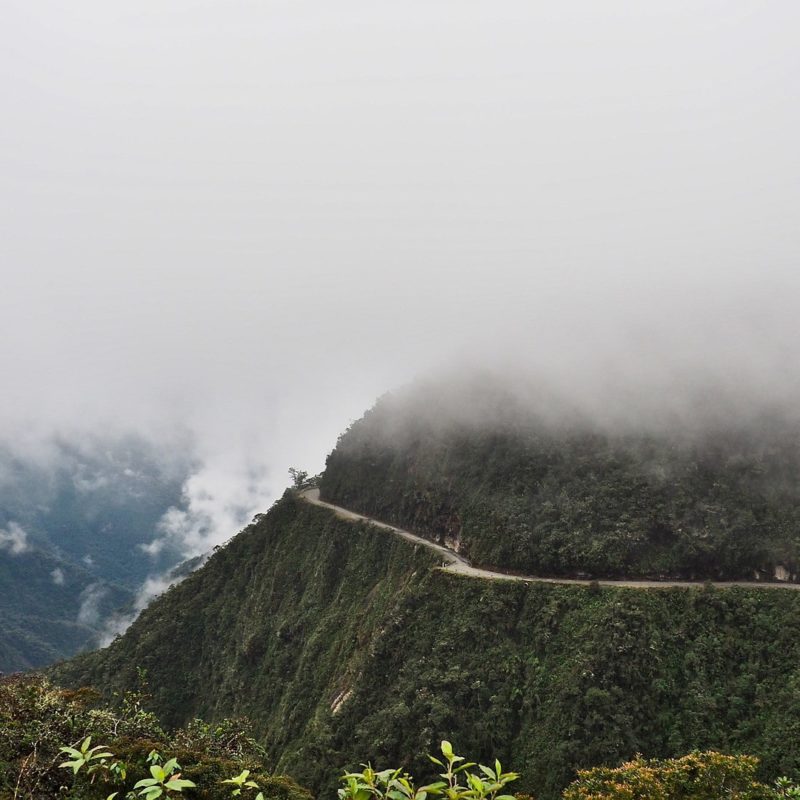
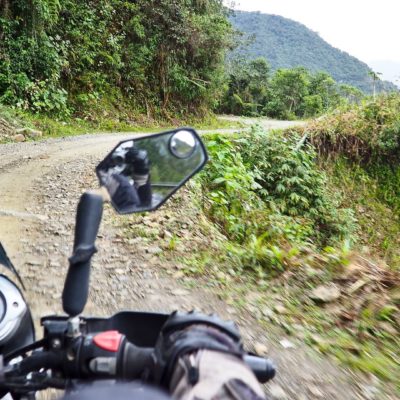



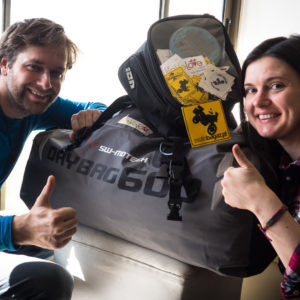
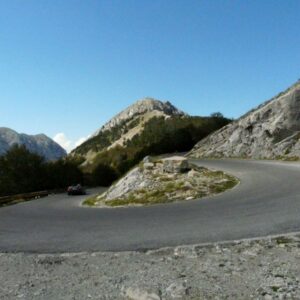
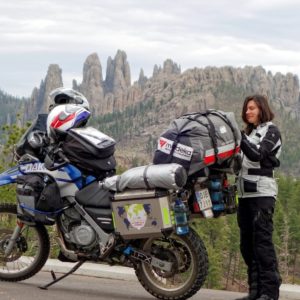
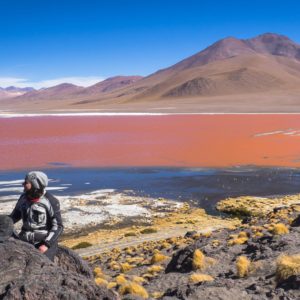
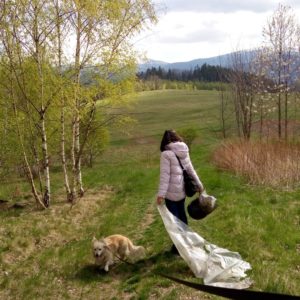

Leave a Reply